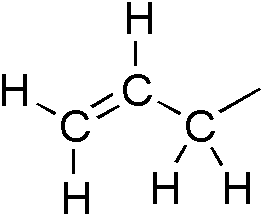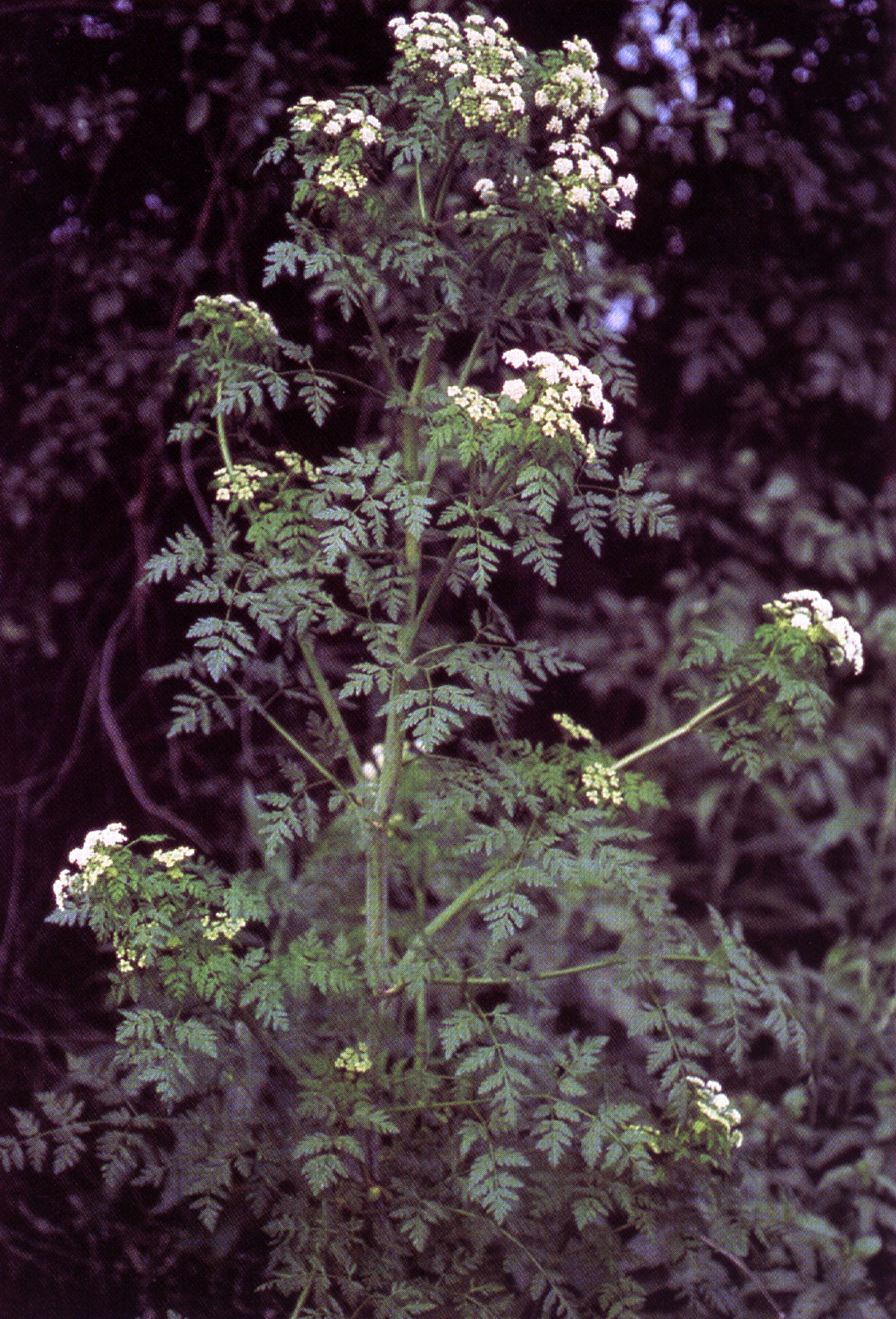|
Theodor Wertheim
Theodor Wertheim (25 December 1820 – 6 July 1864) was an Austrian chemist born in Vienna. He was the father of gynecologist Ernst Wertheim (1864-1920). He studied organic chemistry in Berlin as a pupil of Eilhard Mitscherlich, and in 1843 travelled to the University of Prague, where he studied under Josef Redtenbacher.{Statement based on translated text from an equivalent article at the German Wikipedia. He served as privatdozent in Vienna, and from 1853 to 1860, was a professor at the University of Pest. From 1861 onward, he was a professor at the University of Graz. In May 1864, he moved back to Vienna, where he died soon afterwards. In 1848 he became a corresponding member of the Vienna Academy of Sciences. In 1844 Wertheim distilled a pungent substance from garlic, naming it "allyl". In his research, he noticed the close relationship between garlic oil and mustard oil.Theodor Wertheim: About the relationship between mustard oil and garlic oil, Annalen der Chemie ... [...More Info...] [...Related Items...] OR: [Wikipedia] [Google] [Baidu] |
Vienna
en, Viennese , iso_code = AT-9 , registration_plate = W , postal_code_type = Postal code , postal_code = , timezone = CET , utc_offset = +1 , timezone_DST = CEST , utc_offset_DST = +2 , blank_name = Vehicle registration , blank_info = W , blank1_name = GDP , blank1_info = € 96.5 billion (2020) , blank2_name = GDP per capita , blank2_info = € 50,400 (2020) , blank_name_sec1 = HDI (2019) , blank_info_sec1 = 0.947 · 1st of 9 , blank3_name = Seats in the Federal Council , blank3_info = , blank_name_sec2 = GeoTLD , blank_info_sec2 = .wien , website = , footnotes = , image_blank_emblem = Wien logo.svg , blank_emblem_size = Vienna ( ; german: Wien ; ba ... [...More Info...] [...Related Items...] OR: [Wikipedia] [Google] [Baidu] |
Who Named It
''Whonamedit?'' is an online English-language dictionary of medical eponyms and the people associated with their identification. Though it is a dictionary, many eponyms and persons are presented in extensive articles with comprehensive bibliographies. The dictionary is hosted in Norway and maintained by medical historian Ole Daniel Enersen Ole Daniel Enersen (born March 14, 1943, in Oslo, Norway) is a Norwegian climber, photographer, journalist, writer, and medical historian. In 1965 he made the first ascent of the Trollveggen mountain in Romsdalen, Norway, along with Leif Norman .... References External links * Medical websites Medical dictionaries Eponyms {{online-dict-stub ... [...More Info...] [...Related Items...] OR: [Wikipedia] [Google] [Baidu] |
Eötvös Loránd University Faculty
Eötvös can refer to one of several Hungarian people: * Ignác Eötvös (born 1763, Kassa), Hungarian politician (1763-1838) * József Eötvös (1813, Buda - 1871), a Hungarian statesman and author * Loránd Eötvös (1848 - 1919), a Hungarian physicist * Zoltán Eötvös (1891, Tokaj - 1936), a Hungarian speed skater * Péter Eötvös (born 1944, Odorheiu Secuiesc), composer and conductor * József Eötvös (musician) (born 1962, Pécs), a Hungarian guitar player Ötvös * Fülöp Ö. Beck ( hu, Beck Ötvös Fülöp, links=no; 1873, Pápa - 1945, Budapest), a Hungarian sculptor, medal maker Otvos * Jim Otvos Other Eötvös can also refers to several concepts and a place, all named for Loránd Eötvös: * an eotvos (unit), a unit of gravitational gradient * the Eötvös effect, a concept in geodesy * the Eötvös experiment, an experiment determining the correlation between gravitational and inertial mass * the Eötvös number, a concept in fluid dynamics * the Eötvös ... [...More Info...] [...Related Items...] OR: [Wikipedia] [Google] [Baidu] |
Academics Of The University Of Vienna
An academy (Attic Greek: Ἀκαδήμεια; Koine Greek Ἀκαδημία) is an institution of secondary or tertiary higher learning (and generally also research or honorary membership). The name traces back to Plato's school of philosophy, founded approximately 385 BC at Akademia, a sanctuary of Athena, the goddess of wisdom and skill, north of Athens, Greece. Etymology The word comes from the ''Academy'' in ancient Greece, which derives from the Athenian hero, ''Akademos''. Outside the city walls of Athens, the gymnasium was made famous by Plato as a center of learning. The sacred space, dedicated to the goddess of wisdom, Athena, had formerly been an olive grove, hence the expression "the groves of Academe". In these gardens, the philosopher Plato conversed with followers. Plato developed his sessions into a method of teaching philosophy and in 387 BC, established what is known today as the Old Academy. By extension, ''academia'' has come to mean the accumulation, d ... [...More Info...] [...Related Items...] OR: [Wikipedia] [Google] [Baidu] |
Austrian Chemists
Austrian may refer to: * Austrians, someone from Austria or of Austrian descent ** Someone who is considered an Austrian citizen, see Austrian nationality law * Austrian German dialect * Something associated with the country Austria, for example: ** Austria-Hungary ** Austrian Airlines (AUA) ** Austrian cuisine ** Austrian Empire ** Austrian monarchy ** Austrian German (language/dialects) ** Austrian literature ** Austrian nationality law ** Austrian Service Abroad ** Music of Austria ** Austrian School of Economics * Economists of the Austrian school of economic thought * The Austrian Attack variation of the Pirc Defence chess opening. See also * * * Austria (other) * Australian (other) * L'Autrichienne (other) is the feminine form of the French word , meaning "The Austrian". It may refer to: *A derogatory nickname for Queen Marie Antoinette of France *L'Autrichienne (film), ''L'Autrichienne'' (film), a 1990 French film on Marie Antoinette wit ... [...More Info...] [...Related Items...] OR: [Wikipedia] [Google] [Baidu] |
19th-century Austrian People
The 19th (nineteenth) century began on 1 January 1801 ( MDCCCI), and ended on 31 December 1900 ( MCM). The 19th century was the ninth century of the 2nd millennium. The 19th century was characterized by vast social upheaval. Slavery was abolished in much of Europe and the Americas. The First Industrial Revolution, though it began in the late 18th century, expanding beyond its British homeland for the first time during this century, particularly remaking the economies and societies of the Low Countries, the Rhineland, Northern Italy, and the Northeastern United States. A few decades later, the Second Industrial Revolution led to ever more massive urbanization and much higher levels of productivity, profit, and prosperity, a pattern that continued into the 20th century. The Islamic gunpowder empires fell into decline and European imperialism brought much of South Asia, Southeast Asia, and almost all of Africa under colonial rule. It was also marked by the collapse of the la ... [...More Info...] [...Related Items...] OR: [Wikipedia] [Google] [Baidu] |
Allgemeine Deutsche Biographie
''Allgemeine Deutsche Biographie'' (ADB, german: Universal German Biography) is one of the most important and comprehensive biographical reference works in the German language. It was published by the Historical Commission of the Bavarian Academy of Sciences between 1875 and 1912 in 56 volumes, printed in Leipzig by Duncker & Humblot. The ADB contains biographies of about 26,500 people who died before 1900 and lived in the German language Sprachraum of their time, including people from the Netherlands before 1648. Its successor, the '' Neue Deutsche Biographie'', was started in 1953 and is planned to be finished in 2023. The index and full-text articles of ADB and NDB are freely available online via the website ''German Biography'' (''Deutsche Biographie''). Notes References * * External links * ''Allgemeine Deutsche Biographie'' - full-text articles at German Wikisource Wikisource is an online digital library of free-content textual sources on a wiki, operated b ... [...More Info...] [...Related Items...] OR: [Wikipedia] [Google] [Baidu] |
Diallyl Disulfide
Diallyl disulfide (DADS or 4,5-dithia-1,7-octadiene) is an organosulfur compound derived from garlic and a few other genus ''Allium'' plants. Along with diallyl trisulfide and diallyl tetrasulfide, it is one of the principal components of the distilled oil of garlic. It is a yellowish liquid which is insoluble in water and has a strong garlic odor. It is produced during the decomposition of allicin, which is released upon crushing garlic and other plants of the family Alliaceae. Diallyl disulfide has many of the health benefits of garlic, but it is also an allergen causing garlic allergy. Highly diluted, it is used as a flavoring in food. It decomposes in the human body into other compounds such as allyl methyl sulfide. History In 1844, Theodor Wertheim separated by steam distillation a pungent-smelling substance from garlic and named it "allyl sulfur." However, only in 1892 could Friedrich Wilhelm Semmler identify diallyl disulfide as one of the components of distilled garlic ... [...More Info...] [...Related Items...] OR: [Wikipedia] [Google] [Baidu] |
Allyl Group
In organic chemistry, an allyl group is a substituent with the structural formula , where R is the rest of the molecule. It consists of a methylene bridge () attached to a vinyl group (). The name is derived from the scientific name for garlic, . In 1844, Theodor Wertheim isolated an allyl derivative from garlic oil and named it "". The term allyl applies to many compounds related to , some of which are of practical or of everyday importance, for example, allyl chloride. Allylation is any chemical reaction that adds an allyl group to a substrate. Nomenclature A site adjacent to the unsaturated carbon atom is called the allylic position or allylic site. A group attached at this site is sometimes described as allylic. Thus, "has an allylic hydroxyl group". Allylic C−H bonds are about 15% weaker than the C−H bonds in ordinary sp3 carbon centers and are thus more reactive. Benzylic and allylic are related in terms of structure, bond strength, and reactivity. Other ... [...More Info...] [...Related Items...] OR: [Wikipedia] [Google] [Baidu] |
Liebigs Annalen
''Justus Liebigs Annalen der Chemie'' (often cited as just ''Liebigs Annalen'') was one of the oldest and historically most important journals in the field of organic chemistry worldwide. It was established in 1832 and edited by Justus von Liebig with Friedrich Wöhler and others until Liebig's death in 1873. In 1997 the journal merged with ''Recueil des Travaux Chimiques des Pays-Bas'' to form ''Liebigs Annalen/Recueil''. In 1998 it was absorbed by ''European Journal of Organic Chemistry'' by merger of a number of other national European chemistry journals. Title history * ''Annalen der Pharmacie'', 1832–1839 * ''Annalen der Chemie und Pharmacie'', 1840–1873 (, CODEN JLACBF) * ''Justus Liebig's Annalen der Chemie und Pharmacie'', 1873–1874 (, CODEN JLACBF) * ''Justus Liebig's Annalen der Chemie'', 1874–1944 & 1947–1978 (, CODEN JLACBF) * ''Liebigs Annalen der Chemie'', 1979–1994 (, CODEN LACHDL) * ''Liebigs Annalen'', 1995–1996 (, CODEN LANAEM) * ''Liebi ... [...More Info...] [...Related Items...] OR: [Wikipedia] [Google] [Baidu] |
Coniine
Coniine is a poisonous chemical compound, an alkaloid present in and isolable from poison hemlock ('' Conium maculatum''), where its presence has been a source of significant economic, medical, and historico-cultural interest; coniine is also produced by the yellow pitcher plant (''Sarracenia flava''), and fool's parsley (''Aethusa cynapium''). Its ingestion and extended exposure are toxic to humans and all classes of livestock; its mechanism of poisoning involves disruption of the central nervous system, with death caused by respiratory paralysis. The biosynthesis of coniine contains as its penultimate step the non-enzymatic cyclisation of 5-oxooctylamine to γ-coniceine, a Schiff base differing from coniine only by its carbon-nitrogen double bond in the ring. This pathway results in natural coniine that is a mixture—a racemate—composed of two enantiomers, the stereoisomers (''S'')-(+)-coniine and (''R'')-(−)-coniine, depending on the direction taken by the chain that branc ... [...More Info...] [...Related Items...] OR: [Wikipedia] [Google] [Baidu] |
Quinine
Quinine is a medication used to treat malaria and babesiosis. This includes the treatment of malaria due to ''Plasmodium falciparum'' that is resistant to chloroquine when artesunate is not available. While sometimes used for nocturnal leg cramps, quinine is not recommended for this purpose due to the risk of serious side effects. It can be taken by mouth or intravenously. Malaria resistance to quinine occurs in certain areas of the world. Quinine is also used as an ingredient in tonic water to impart a bitter taste. Common side effects include headache, ringing in the ears, vision issues, and sweating. More severe side effects include deafness, low blood platelets, and an irregular heartbeat. Use can make one more prone to sunburn. While it is unclear if use during pregnancy causes harm to the baby, treating malaria during pregnancy with quinine when appropriate is still recommended. Quinine is an alkaloid, a naturally occurring chemical compound. How it works as a medicin ... [...More Info...] [...Related Items...] OR: [Wikipedia] [Google] [Baidu] |





